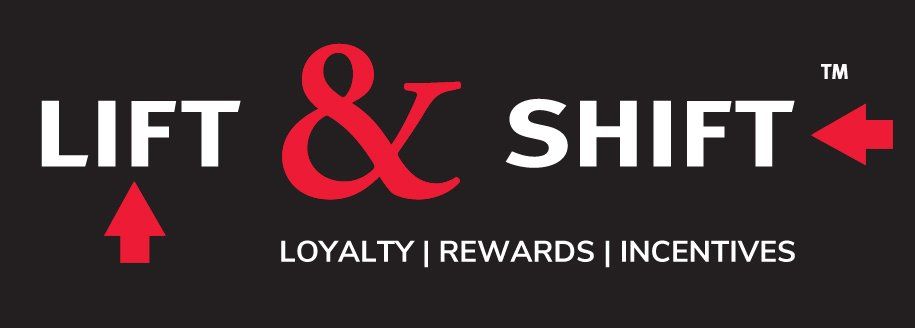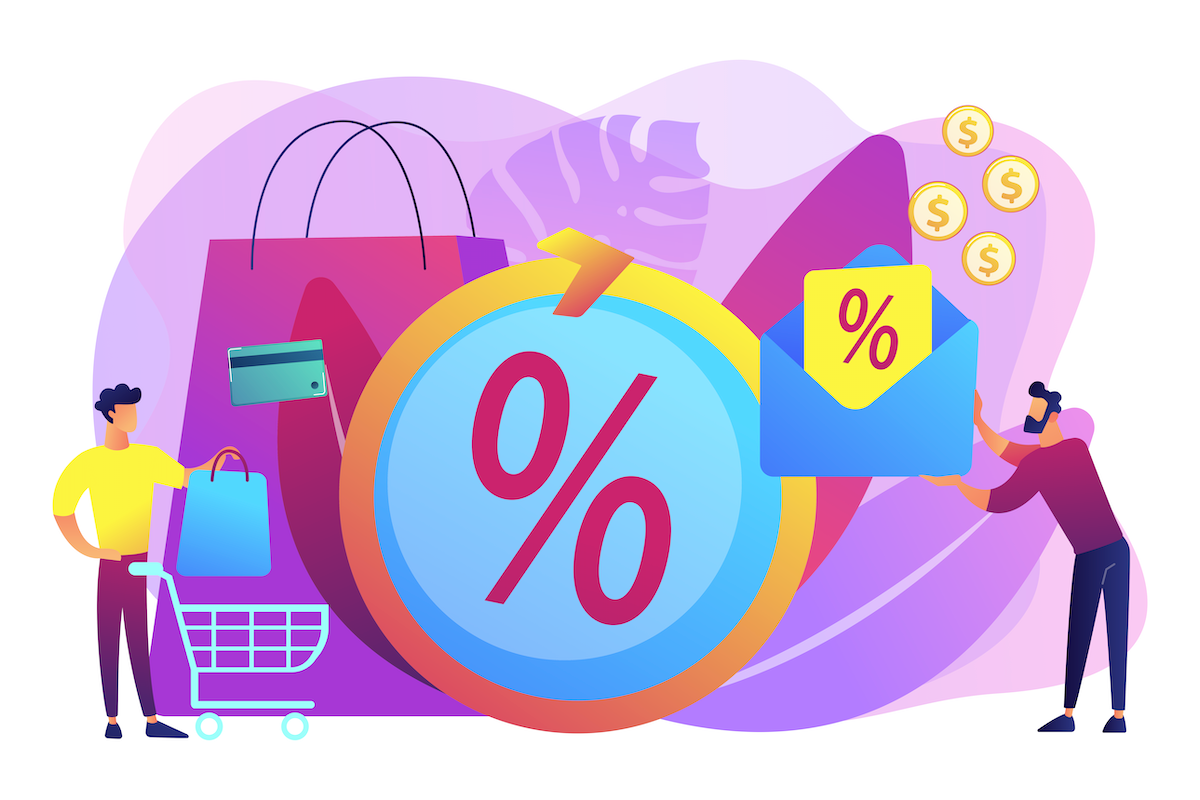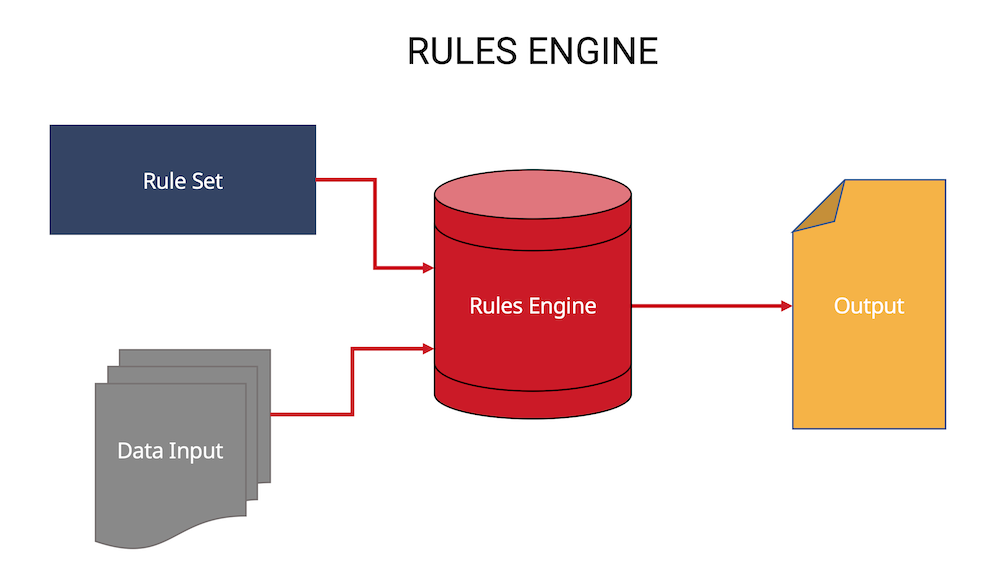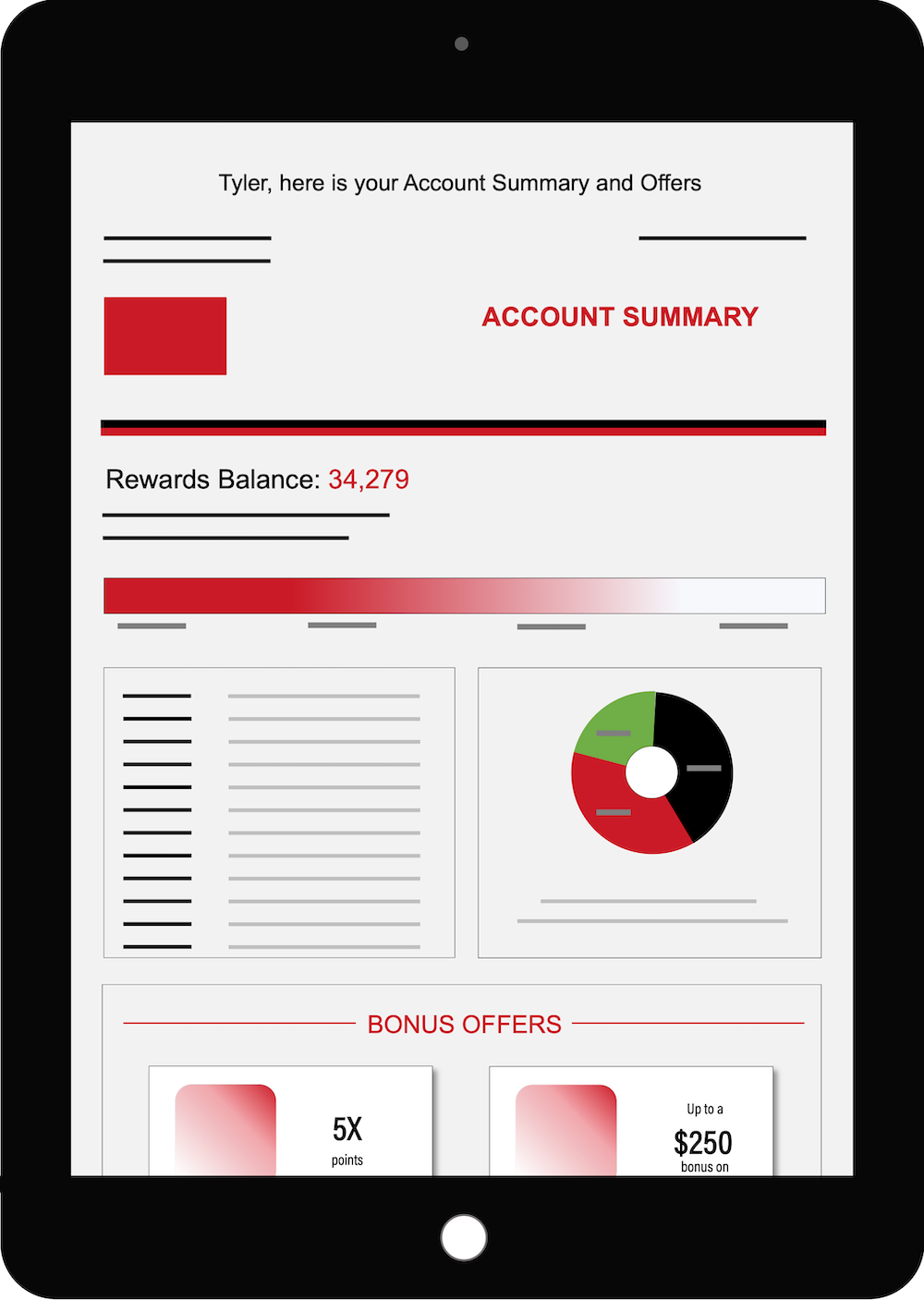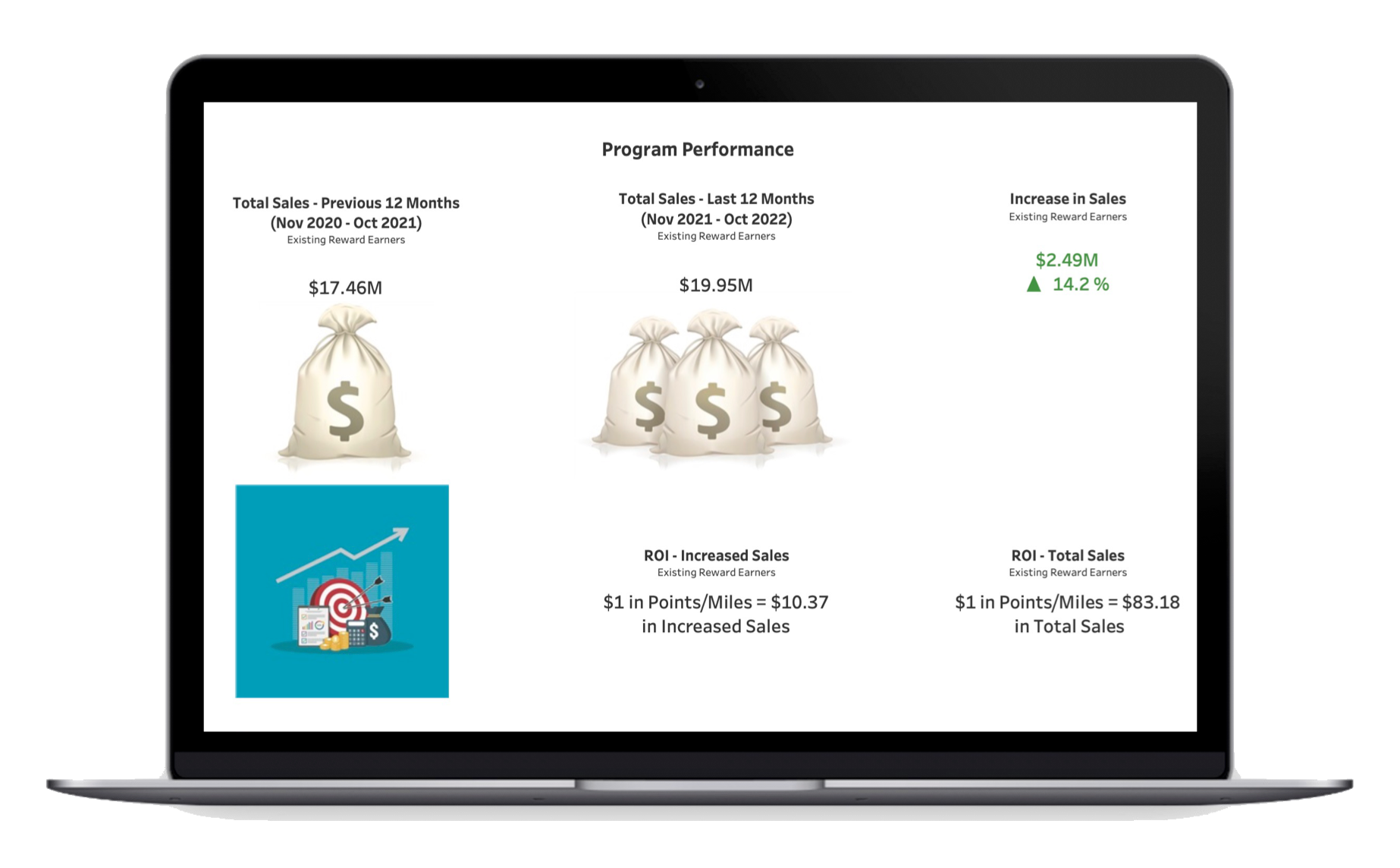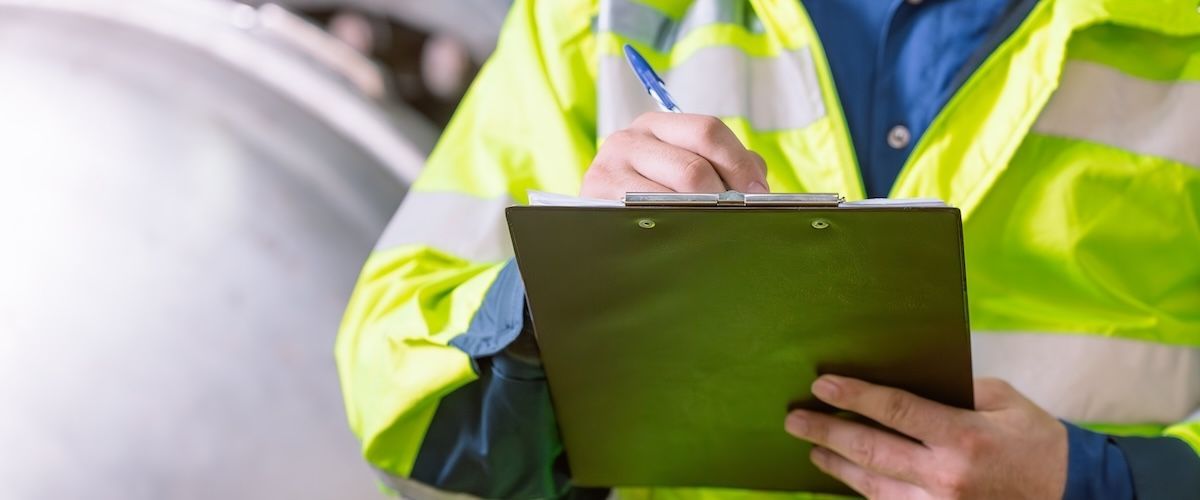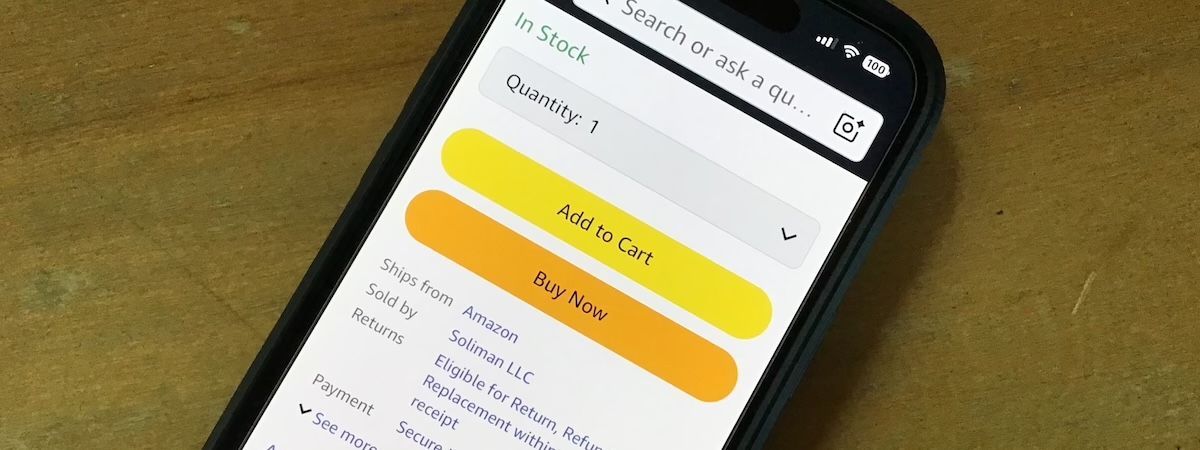Rebate programs are incredibly popular, with more than two-thirds of manufacturers claiming to use them. But like any incentive program, the structure and, more importantly, the program management, if done incorrectly, can leave a lot to be desired. A recent study by a well-known rebate program provider found that only 2% of manufacturers think their rebate strategy is very effective at achieving their goals! This clearly shows that while rebate programs are popular, rebate program setup and management obviously need some work.
What are rebates?
A rebate is a popular form of purchase incentive that is part of a larger pricing strategy and paid to the purchaser after the purchase has been made. The purchaser pays for their item and, depending on the type of rebate program involved, stands to get some of their purchase price repaid to them in the form of a rebate—at a later date, usually a year end.
Some of the most well-known rebate formats are B2C, including mail-in rebates or instant rebates, but for the purposes of this article, we will focus on B2B practices for rebate programs.
Types of B2B rebates—and their uses
In most B2B applications, manufacturers use rebates as a form of loyalty program. Rebates are used to encourage certain types of direct or downstream customer purchase behaviors. As a result, there are several rebate formats, including:
Volume rebates—rewarding the purchaser for achieving/exceeding certain purchase volumes.
Bulk purchase rebates—rewarding a purchaser for purchasing a certain size.
Stocking rebates—rewarding a distributor or retailer for stocking a minimum inventory level.
Promotional rebates—a limited-time rebate on a specific item or category.
Marketing rebates—rebates that help fund product marketing undertaken by the distributor/retailer.
What is the difference between a rebate and a volume discount?
Rebates and volume discounts are both forms of purchase incentives. A rebate encourages a purchase but is paid later, usually because the program is designed to impact ongoing purchasing during a certain period (usually a year but sometimes a quarter). A volume discount similarly encourages a purchase but is typically applied to the purchase price at the time of purchase, reducing the amount paid for the immediate purchase.
3 key mistakes to avoid (or fix) with your B2B rebate program
While rebate programs can be very successful if properly structured, they often have three key flaws:
1. Program is overly simplistic and not account-based
One size does not necessarily fit all. For any incentive program to be as successful as possible, it must leverage the principles of account-based marketing (ABM) with as much customer personalization as possible. At a minimum, it must reflect that most companies have different clusters or segments of customers, some with their own special pricing agreements, and employ program rules and offers that vary depending on the customer segment or account. This increases program relevancy and customer engagement, leading to optimal results and lower costs.
While having different rebate rules for different customer segments delivers superior program results, it also makes the program harder to track and measure. Many ERP systems are not capable of tracking complex B2B rebate structures. As a result, most organizations take the traditional easier route and deploy homogenous year-end volume rebate programs for the entire customer base.
Such middle-of-the-road program structures do not take advantage of individual customer or segment-based opportunities and tactics, where true sales growth opportunities lie. Many customers will feel neglected by programs that essentially exclude them or are irrelevant to their purchasing realities with the vendor. This hurts program engagement, associated loyalty, and, most importantly, program-driven revenue.
This is a key reason why 98% of manufacturers who use rebate programs worry or feel they do not help achieve their business goals and objectives.
2. A general lack of awareness or comprehension of the program by the target audience
Like any other incentive program, a rebate program is a sales tool. For a rebate program to help sell, the customer must be aware of the program and its benefits. Whether a manufacturer sells direct or relies on distribution to get their products to market, customer awareness of the rebate programs on offer is highly dependent on sales reps getting the message out and "using the tool."
Problematically, a significant proportion of sales reps fail to leverage the rebate program effectively. They often fail to mention the program at all—or only once the customer is approaching some milestone or threshold of the rebate program—quite often towards the end of the rebate program's duration. The result is that the rebate program is not helping the sales process throughout the entire year to the degree that it should.
3. Lack of program impact reporting
Most rebate programs are structured with specific term sales goals in mind; many employ year-end, quarterly, or limited-time offers. For the program's offer mechanisms to have an impact, the customer must easily understand the program’s goals and, most importantly, their progress against each program goal or offer within the specified period.
The more the customer realizes they have a chance of attaining or exceeding their rebate program goals (and obtaining the maximum value possible), the more engaged they will be, the more loyalty they will have, and the more significant impact the program will have on their purchasing behaviors and your revenue.
A lack of program impact reporting for the sales team or channel partners ensures they are unaware of what customers are responding to in the program and to what degree, rendering them unable to leverage the program to its fullest when interacting with the customers.
If customers do not understand their status against any and all program goals, they won't be motivated by the program. In the worst-case scenarios, a customer will receive a rebate payment at the end of the program and not even understand what the payment is for. This is a total waste of the program as a sales tool, as it has not influenced the customer's purchasing behavior.
3 easy ways to improve the performance of your B2B rebate program
You might be surprised at how easy it is to improve the performance and results of your rebate program with a few simple actions or tools:
1. Keep the program rules simple for customers to understand—but one size does not fit all
2. Keep customers, salespeople and channel partners in the loop on rebate program status and opportunities
Another common problem with many rebate programs is that the sales team only begins promoting the rebate program to customers when they approach a certain milestone towards the end of the year. This wastes the revenue impact the program could be having throughout the year, especially when limited-time, quarterly, or even seasonal rebate offers could be used to support short-term sales goals.
3. Measure program impact regularly and adjust rules and structure as required
Many B2B rebate programs employ static rules and remain more or less the same year after year. That is unfortunate because your business needs and economics can often change throughout the year, so program rules should be able to adjust.
According to Harvard Business Review, 85% of respondents in a global survey of sales leaders believe that their pricing strategy, sales prices, discounts, and incentives need improvement.
This is where limited-time offers (LTOs) can be enormously helpful. As mentioned, many rebate programs are highly focused on simple year-end purchasing volume objectives but fail to incorporate quarterly, seasonal, or limited time offers, which can dramatically impact customer participation.
(NOTE: This post has been updated from a post originally published January 27, 2023.)
The Ultimate Guide to B2B Loyalty Programs
This article is part of a series covering how growth-based loyalty programs can elevate sales and company profits by incentivizing current customers to spend more, attracting new customers with appealing rewards, and motivating your sales team.
Lift & Shift™ offers a powerful proprietary B2B reward platform that can help your company leverage its sales data to drive incremental purchases with customers and channel partners or motivate sales staff. We work with manufacturers, distributors, and service providers to analyze sales data, identifying purchasing gaps, and other valuable targeting opportunities.
We create and deliver highly relevant offers to customers, in-house sales staff or sales associates, motivating your target audience to respond, using a wide array of appealing reward options as influencers. Our performance-based reward structures deliver an unparalleled return on investment, with absolutely no wasted budget.
Our customizable reward platform enables clients to easily benefit from a robust loyalty reward program. It's affordable and includes Lift & Shift’s turnkey professional program administration. We take care of everything so you can focus on your key initiatives.
